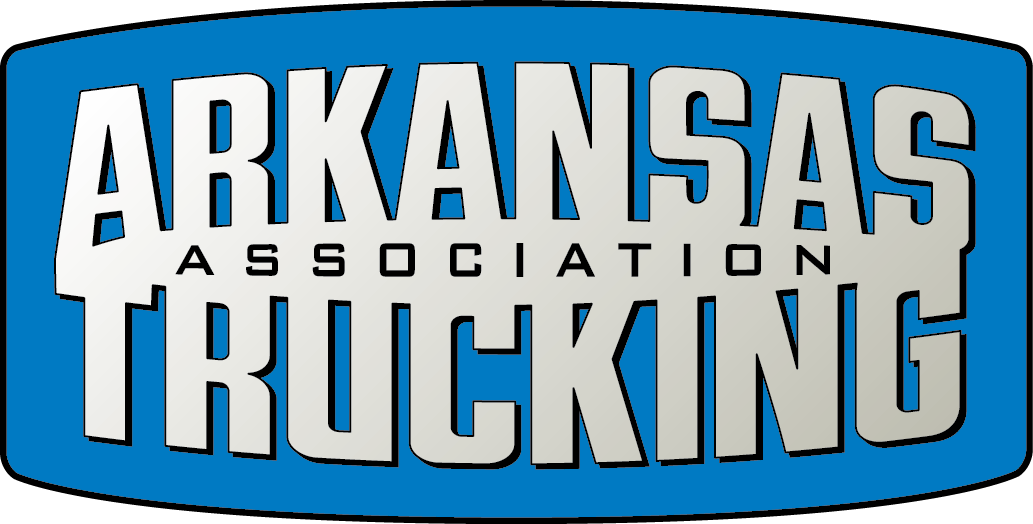From The President’s Desk
Business owners—trucking and otherwise—have a hard time seeing the forest for the trees. In the big picture, things are going great. Business is booming; there was a surge of Class 8 truck orders this fall. But company owners don’t like to brag about how we’ll they’re doing. And in trucking, we tend to focus on those barriers that might keep the industry from doing better – like driver shortages, or restrictive hours-of-service rules. That’s curious to folks not in trucking. For example, a friend of mine, successful in his own industry, listened as I described those two issues as being restrictive on productivity.
He paused for a second. And asked, “So trucking is different than other industries, supply and demand ratios don’t work in trucking? I mean in most industries, if factors like driver shortages and hours-of-service restrict supply, and demand is steady, prices go up. Not true in trucking?”
Of course, trucking is no different than any other industry when it comes to supply and demand. Driver shortages mean to trucking company owners that there is plenty of business out there, and if more drivers could be found, business volume would soar.
As trucking capacity restricts, so does the ability of the industry to provide the number of trucks available. And prices go up. That’s why private fleets are expanding their capacity; to keep a handle on expenses and avoid higher rates.
There’s plenty of freight. Carriers are finally making money. That’s a good thing. Transportation costs, as a percentage of the cost of goods, is finally getting back to the balance it should be. Most shippers understand that.
Are there still issues to be addressed in state legislatures, Congress and federal and state agencies? Absolutely. As Noël Perry, a senior consultant with FTR Associates and a principal in Transport Fundamentals was quoted this month, there are 26 federal rules in various stages of development covering everything from drivers to greenhouse gases. All of which must be approached with due diligence by trucking fleets.
Our organization supports some of those rules because they’ll be good for the industry. Two examples are electronic logging devices that will be fully implemented in all trucks in two years; a rule that will help all carriers obey the law, and the drug and alcohol clearinghouse coming on line next year that will keep drug abusers out of trucks and off our highways.
So, not all regulations are bad. Will some of these rules restrict capacity even further? Yep. Because some folks just don’t want to follow the rules. They’ll either leave or be forced to leave.
That’s okay. It will further change supply and demand, but a healthier, more productive and more profitable trucking industry awaits those who embrace these changes. They will reap the benefits.



